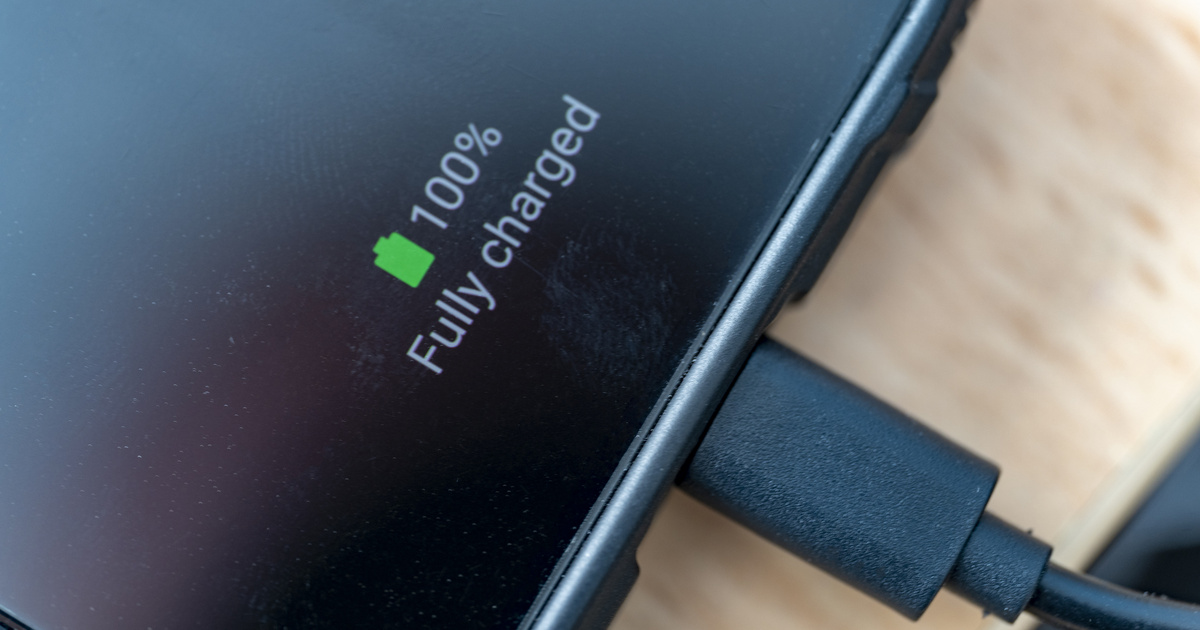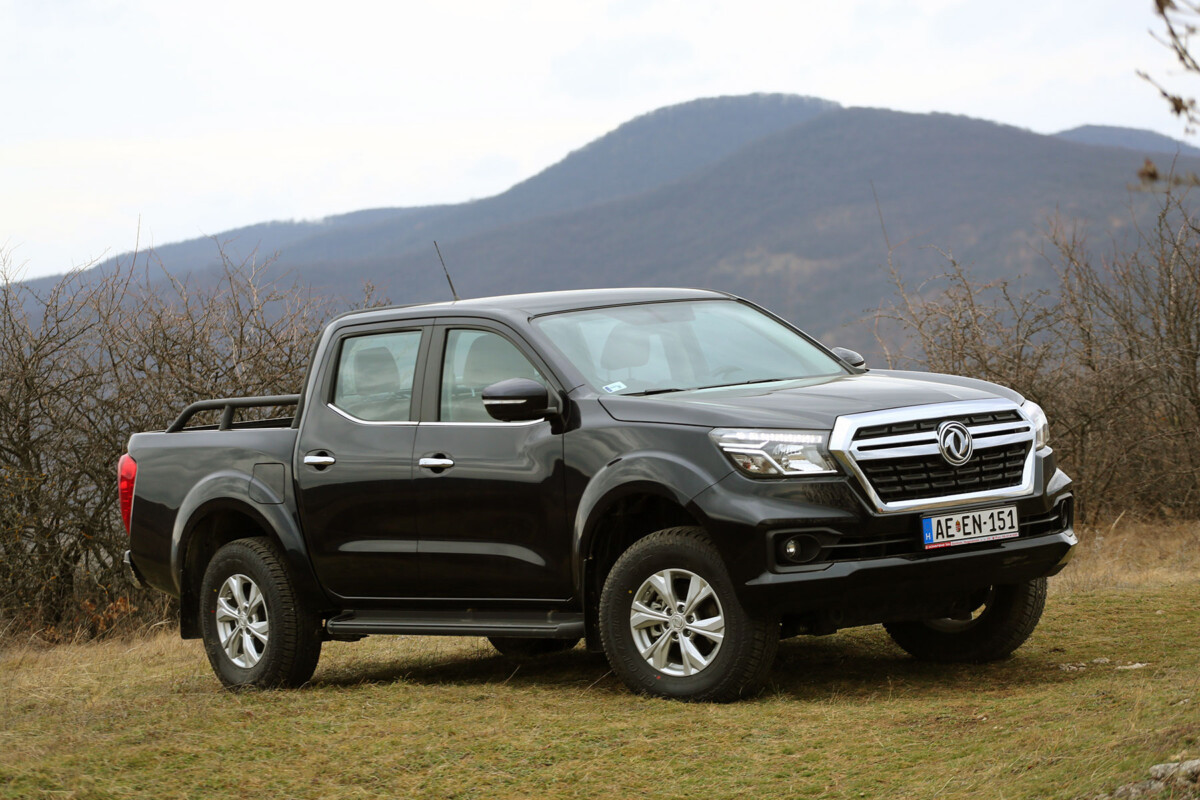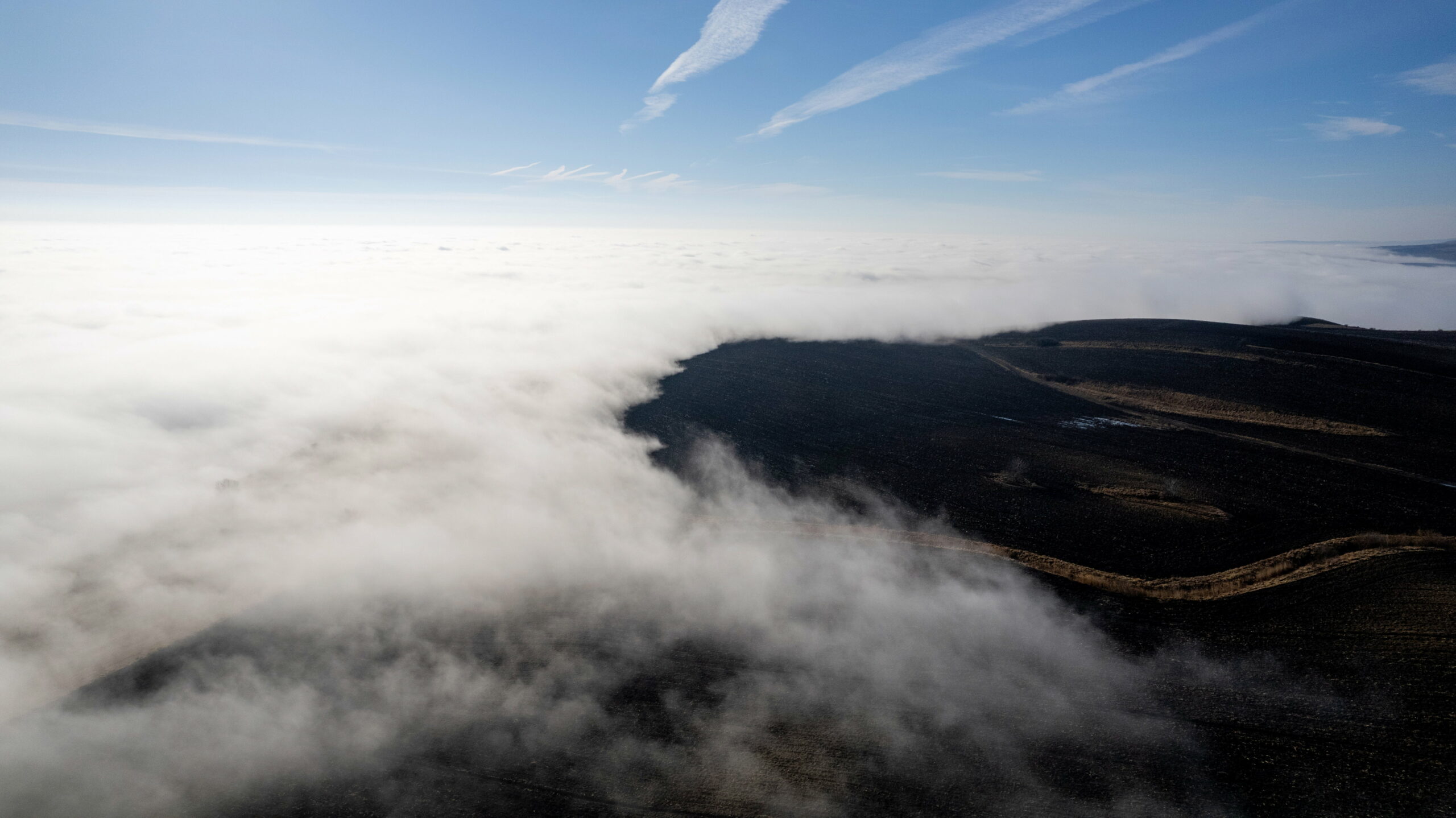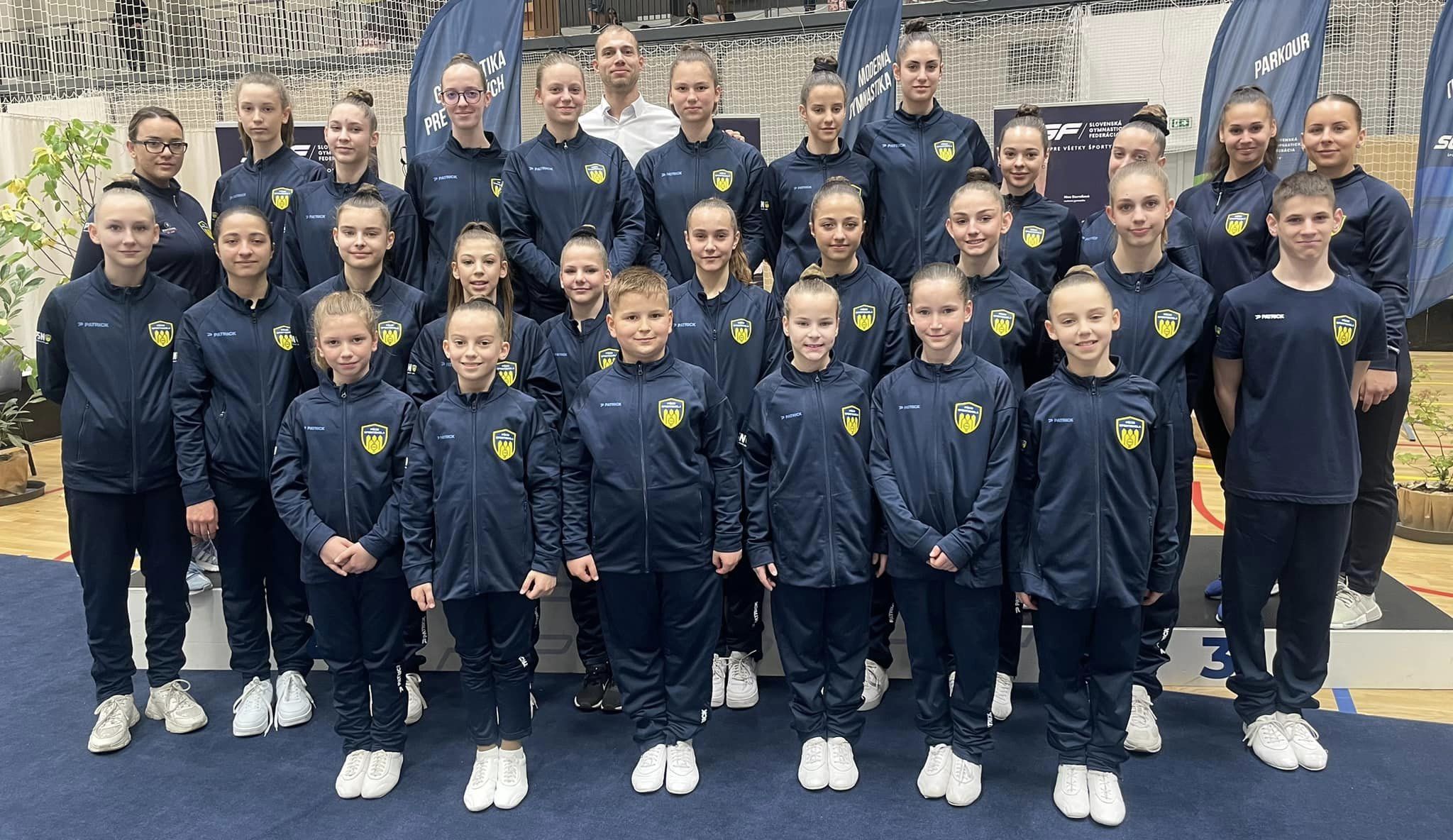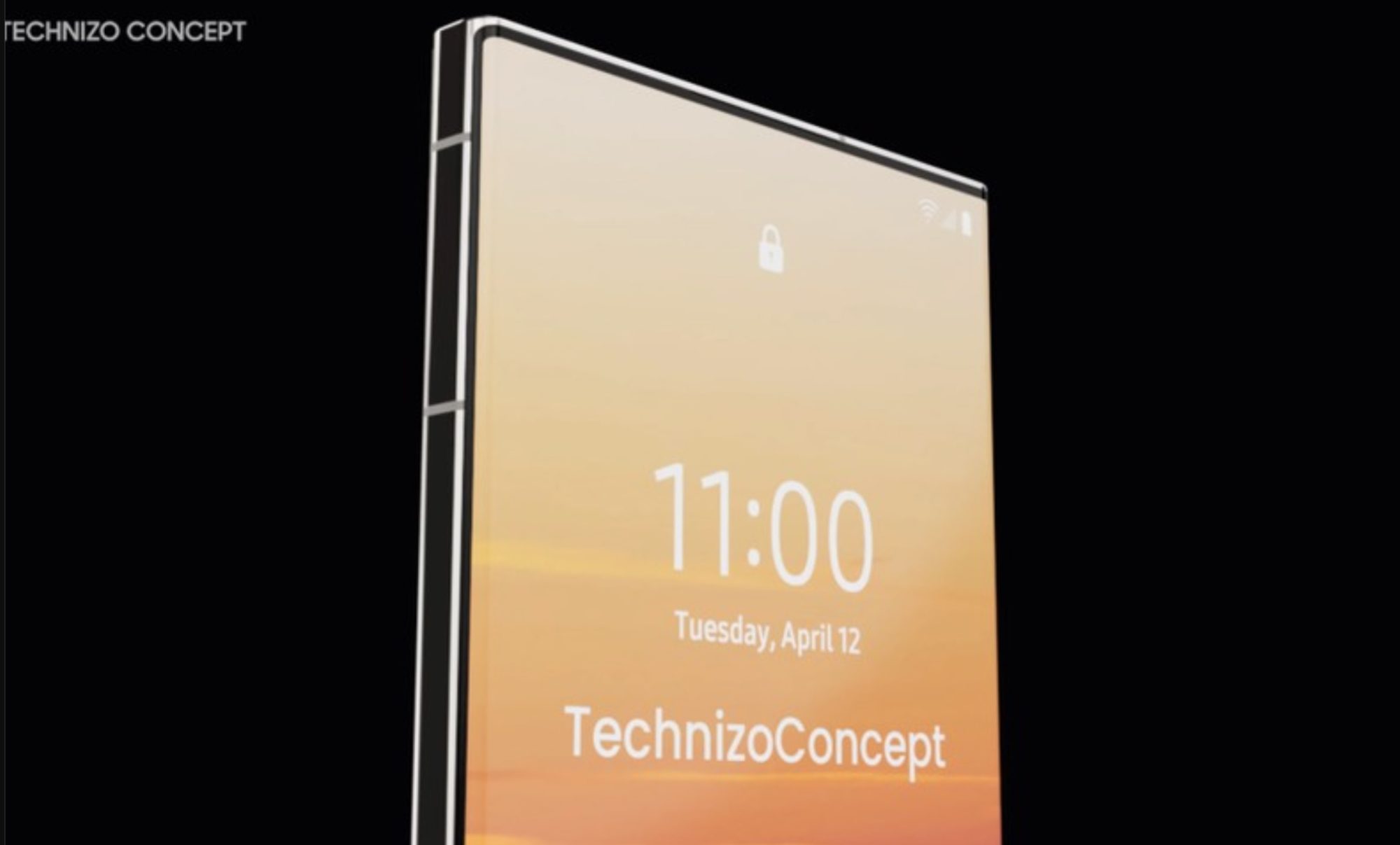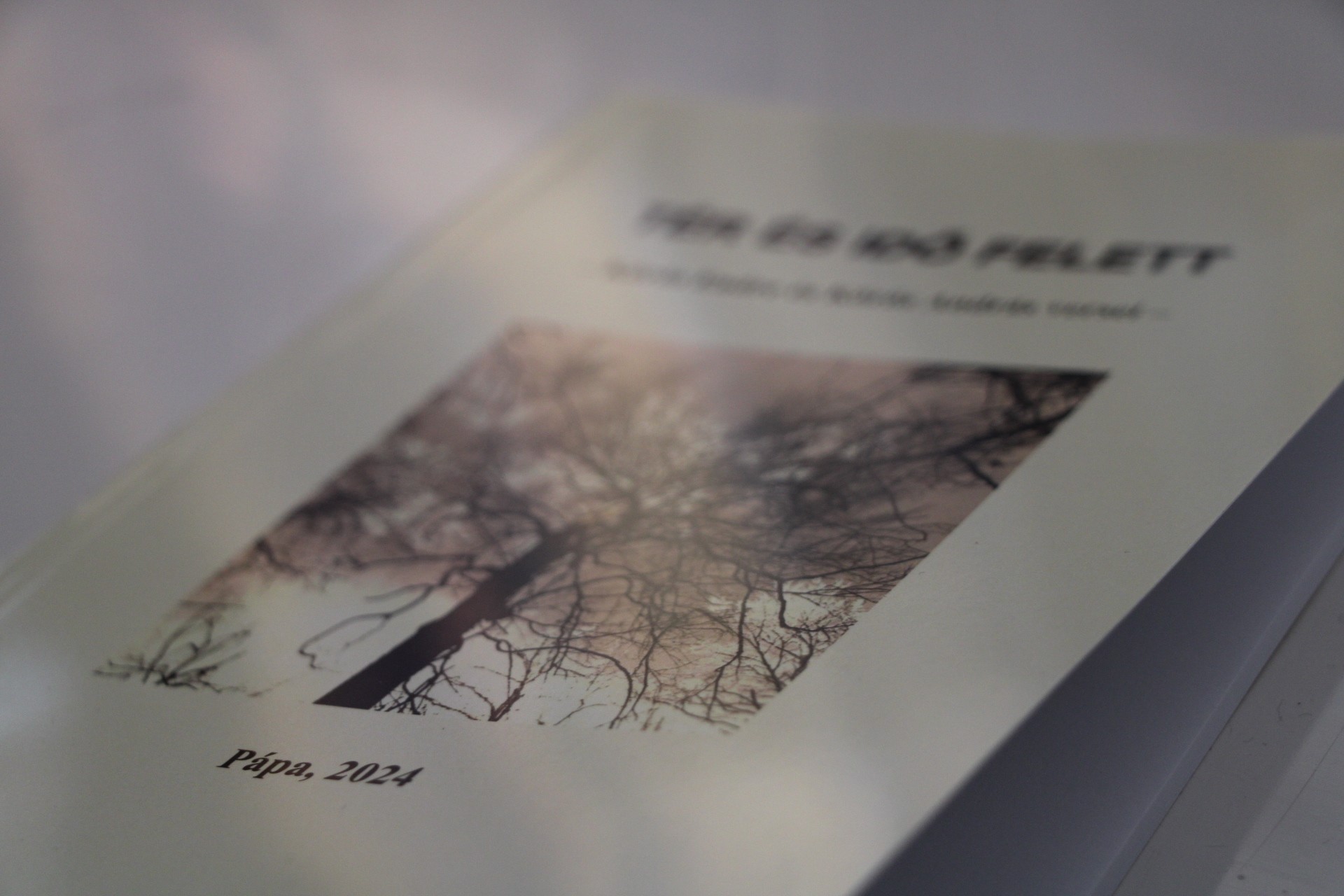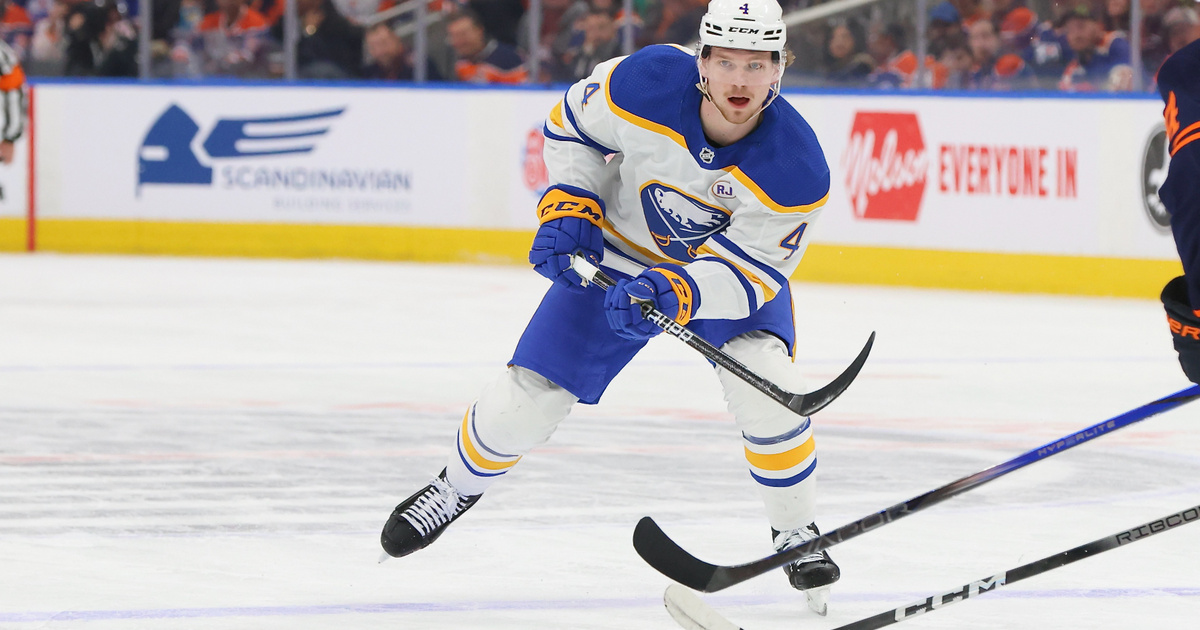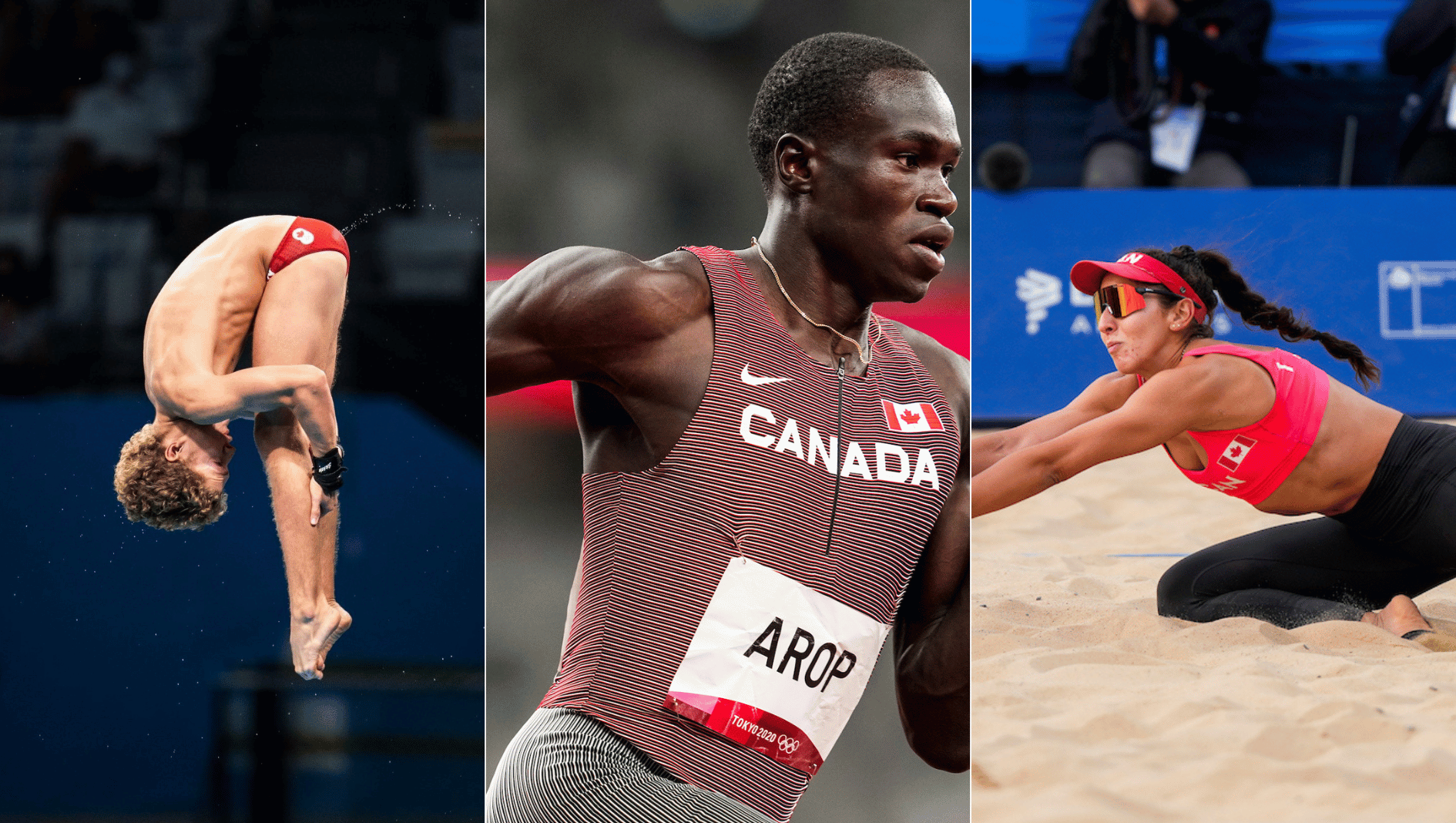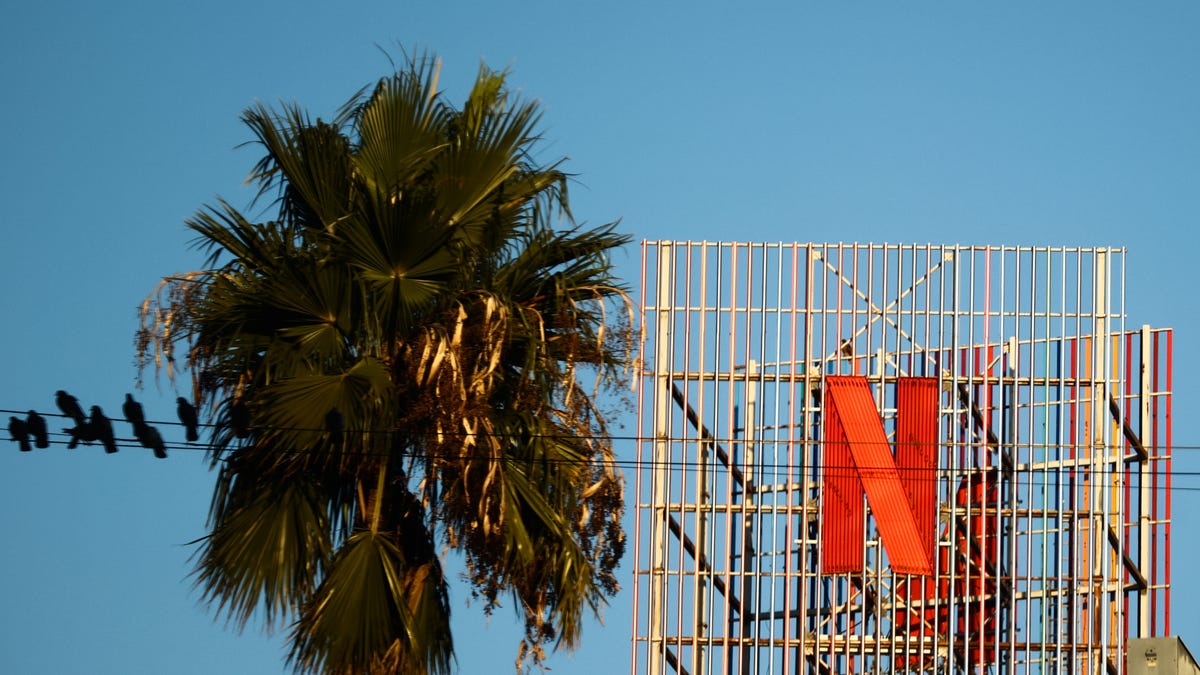In 1990, when the Hubble Space Telescope entered orbit around our planet, the space around Earth was shared by only about 470 satellites. There are 8,000 satellites orbiting there. This also means that in 10 percent of Hubble’s images, a streak of satellite is visible (see opening image), which is very disturbing, even though it takes up only half a percent of the image.
Since the number of satellites will only continue to grow (estimated to reach 80,000 by 2030), some way is needed to remove streaks left by satellites from these images – the development of such a method was reported by Space Telescope Science Institute (STScI). According to their calculations, a satellite crosses Hubble’s field of view every 2-4 hours, due to the fact that Hubble orbits in the so-called low Earth orbit, and most of the satellites are telecommunications satellites orbiting our planet at a higher altitude.
Researchers This method has been developed That identifies traces left by satellites in the recordings, with greater sensitivity than previous programs for the task. Although the number of satellite tracks has increased dramatically, its brightness has not yet been detected, but it does not threaten Hubble’s work at this time. “Having cosmic rays getting to the space telescope’s detector is a bigger problem right now,” said Tom Brown, head of the Hubble Mission Control Office.
A cosmic ray left a trail in a night photo. Small, similar colored traces can be just a few pixels long, or even longer. Traces of this type are now used especially in cosmic ray research among Hubble images!
Source: Monica Landy Gebnar
Cosmic rays are high-energy particles that leave glowing, streak-like traces on images not only on space telescopes, but also on astronomical images made here, and practically anyone photographing the night sky can encounter them. Sometimes these are just traces of color of a few pixels, but sometimes they can be seen in several shades, like a meteor.
Using a tool called Radon Transform, specialists were able to identify many more satellite traces than with manual (or rather, visual) scans, and it is ten times more efficient than the software previously used for this.








